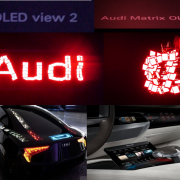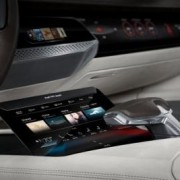By Choong Hoon Yi
One of top 5 motor shows in the world, Geneva International Motor Show 2015 has opened, with approx. 220 companies from around the world exhibiting around 900 cars.
![150309_[Geneva Motor Show 2015] 운전자 편의를 고려한 자동차용 디스플레이1](http://www.olednet.com/wp-content/uploads/2015/03/150309_Geneva-Motor-Show-2015-운전자-편의를-고려한-자동차용-디스플레이1.png) The basic function of a vehicle is to transport people or cargo. However, recent commercialized vehicles have car information system on top of basic driving function. This allows the driver to understand various information while driving.
The basic function of a vehicle is to transport people or cargo. However, recent commercialized vehicles have car information system on top of basic driving function. This allows the driver to understand various information while driving.
Vehicles exhibited in Geneva International Motor Show can largely be divided into sports car, sedan, and SUV, and separated into gasoline, diesel, and HEV according to its source of energy. The key focus of this motor show is environmentally friendly car conforming to the EU’s carbon emission quantity. The majority of cars that can accommodate the EU’s standard of 130g/km are HEV and diesel. Volkswagen, Lexus, and Benz exhibited cars that comply with EU standard in large quantities.
![150309_[Geneva Motor Show 2015] 운전자 편의를 고려한 자동차용 디스플레이](http://www.olednet.com/wp-content/uploads/2015/03/150309_Geneva-Motor-Show-2015-운전자-편의를-고려한-자동차용-디스플레이.png) The key point of the 21st century vehicles are various methods of information processing integrated with IT technology as well as the environment issue. This is obviously a device where a display, an information medium, is important. What kind of displays are being used by the latest cars exhibited in the Geneva International Motor Show? The vehicular display can be divided by its uses: dashboard, information, and entertainment. Dashboard display performs the existing function of showing the speed and vehicular conditions. Information display is granted with audio function including navigation. Entertainment display is for the backseat passenger who will be able to play games or watch TV while the car is moving.
The key point of the 21st century vehicles are various methods of information processing integrated with IT technology as well as the environment issue. This is obviously a device where a display, an information medium, is important. What kind of displays are being used by the latest cars exhibited in the Geneva International Motor Show? The vehicular display can be divided by its uses: dashboard, information, and entertainment. Dashboard display performs the existing function of showing the speed and vehicular conditions. Information display is granted with audio function including navigation. Entertainment display is for the backseat passenger who will be able to play games or watch TV while the car is moving.
In the IoT era, the information display holds the most important place of the 3. When the driver is processing various information, including navigation, via information display, the driver’s attention has to move away from the road to the center of the car. Even if this occurs for the shortest amount of time, there is a danger of an accident. Better the vehicle, it minimizes the damage to people in accidents by limiting the shock through the main body and air bags. What would be even better is a system that prevents the accident in the first place. Electronic control such as ABS system and breaks are such systems. Although various safety devices are within the vehicle, if the driver’s attention moves away from the road ahead, the likelihood of an accident inevitably rises. The use of information display such as navigation system can be a factor that increases the possibility of an accident.
The location of the vehicular information display sold by companies all over the world is essentially below central ventilation system; the eyes have to move downward while driving. Companies that are more mindful of the drivers place the information display on the same level as the vents. Of course, the best system is the one where the display is located above the ventilation so that the driver’s eyes can be closest to the front.
Where do world’s famous brands such as Benz, BMW, and Audi have their information display?
![150309_[Geneva Motor Show 2015] 운전자 편의를 고려한 자동차용 디스플레이2](http://www.olednet.com/wp-content/uploads/2015/03/150309_Geneva-Motor-Show-2015-운전자-편의를-고려한-자동차용-디스플레이2.png)
![150309_[Geneva Motor Show 2015] 운전자 편의를 고려한 자동차용 디스플레이3](http://www.olednet.com/wp-content/uploads/2015/03/150309_Geneva-Motor-Show-2015-운전자-편의를-고려한-자동차용-디스플레이3.png)
![150309_[Geneva Motor Show 2015] 운전자 편의를 고려한 자동차용 디스플레이4](http://www.olednet.com/wp-content/uploads/2015/03/150309_Geneva-Motor-Show-2015-운전자-편의를-고려한-자동차용-디스플레이4.png) These 3 companies have mostly placed the display above the vents, minimizing the distance that the driver’s eyes have to move from the road. The more famous the brand, the better care for the driver’s safety can be observed. Perhaps a reason to buy one of these cars despite its high cost.
These 3 companies have mostly placed the display above the vents, minimizing the distance that the driver’s eyes have to move from the road. The more famous the brand, the better care for the driver’s safety can be observed. Perhaps a reason to buy one of these cars despite its high cost.
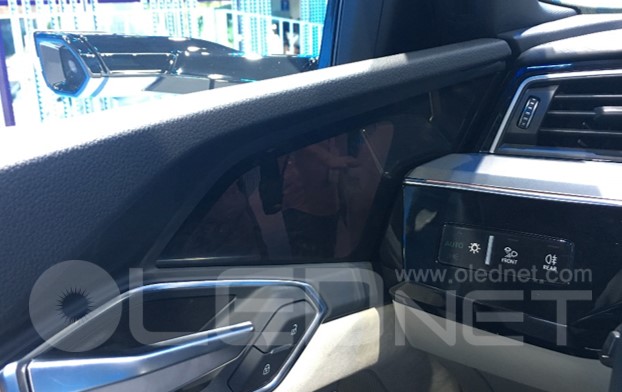


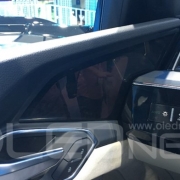
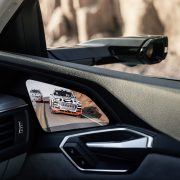
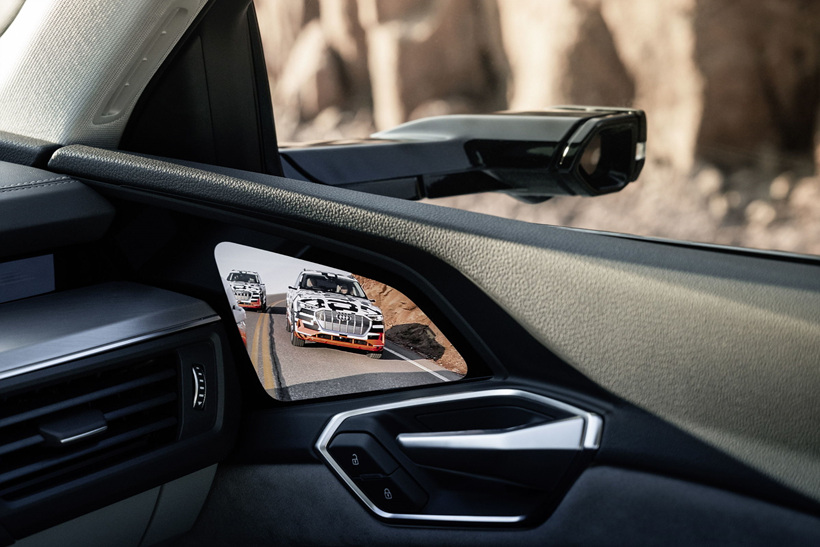
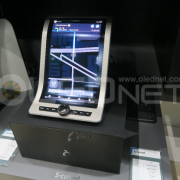
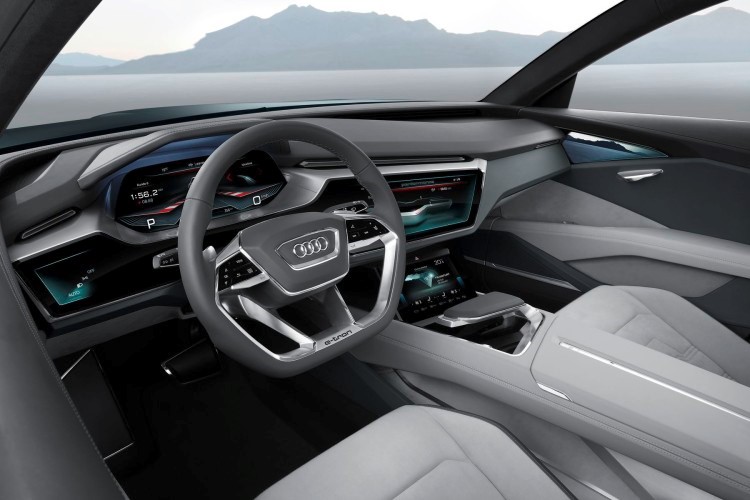
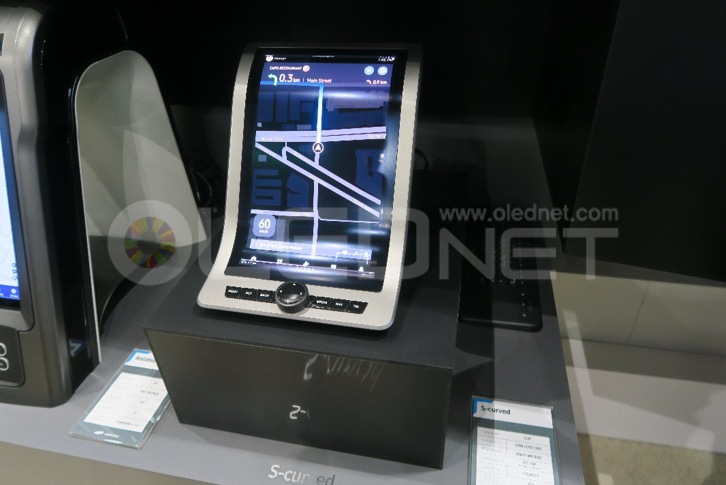
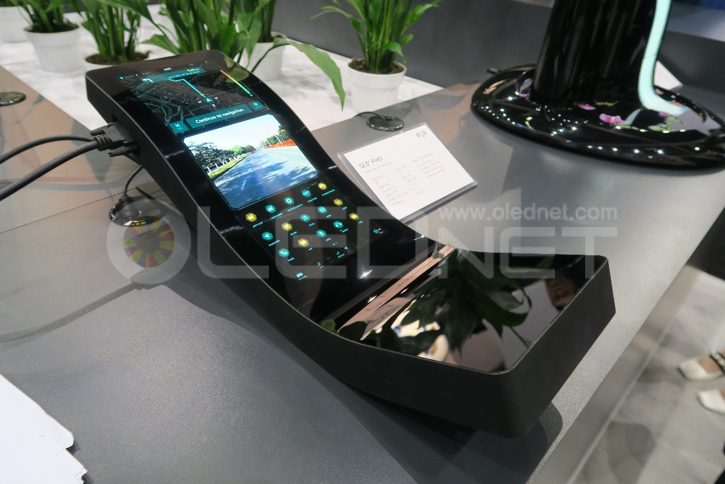
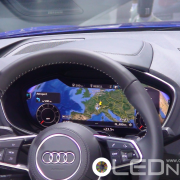

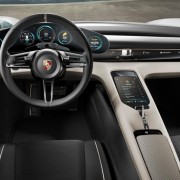

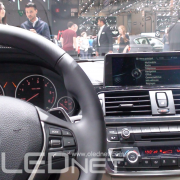
![150309_[Geneva Motor Show 2015] 운전자 편의를 고려한 자동차용 디스플레이1](http://www.olednet.com/wp-content/uploads/2015/03/150309_Geneva-Motor-Show-2015-운전자-편의를-고려한-자동차용-디스플레이1.png)
![150309_[Geneva Motor Show 2015] 운전자 편의를 고려한 자동차용 디스플레이](http://www.olednet.com/wp-content/uploads/2015/03/150309_Geneva-Motor-Show-2015-운전자-편의를-고려한-자동차용-디스플레이.png)
![150309_[Geneva Motor Show 2015] 운전자 편의를 고려한 자동차용 디스플레이2](http://www.olednet.com/wp-content/uploads/2015/03/150309_Geneva-Motor-Show-2015-운전자-편의를-고려한-자동차용-디스플레이2.png)
![150309_[Geneva Motor Show 2015] 운전자 편의를 고려한 자동차용 디스플레이3](http://www.olednet.com/wp-content/uploads/2015/03/150309_Geneva-Motor-Show-2015-운전자-편의를-고려한-자동차용-디스플레이3.png)
![150309_[Geneva Motor Show 2015] 운전자 편의를 고려한 자동차용 디스플레이4](http://www.olednet.com/wp-content/uploads/2015/03/150309_Geneva-Motor-Show-2015-운전자-편의를-고려한-자동차용-디스플레이4.png)
